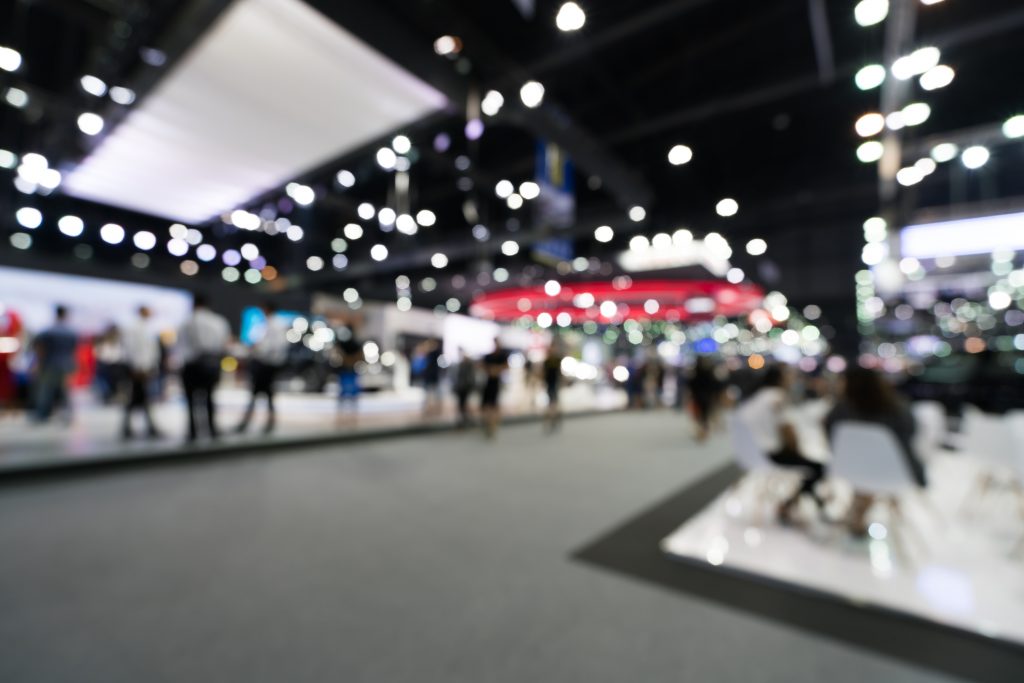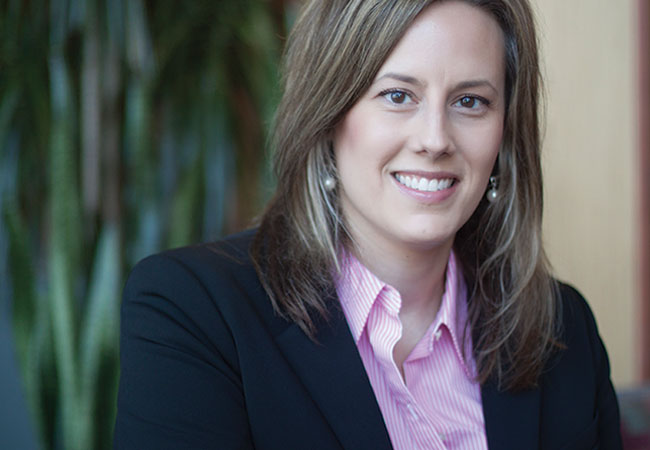880 W. Long Lake Road • Suite 225 •
Troy, Michigan 48098
• P: 248.269.1122 •
E: bianchipr@bianchipr.com
880 W. Long Lake Road • Suite 225 •
Troy, Michigan 48098
• P: 248.269.1122 •
E: bianchipr@bianchipr.com

Recently, the Consumer Technology Association announced that not only will CES2022 mark a return to an in-person format after last year’s digital-only event, but also that the automotive sector is on pace for record growth at the 2022 show.
Boasting the title as the world’s most influential technology event, the number of vehicle technology brands and exhibitors that have signed up to participate at CES 2022 has already exceeded numbers from previous years and more continue to sign up each week.
In addition, the transportation and vehicle technology exhibit area at CES will have a new home in 2022, moving to the brand new West Hall at the Las Vegas Convention Center.
All in all, not only is CES 2022 planning to come back in a big way, but the opportunities for automotive and mobility companies are poised to be better than ever … if you approach things in the right way, that is.
As always, being an automotive or mobility tech supplier at CES comes with a list of challenges along with the opportunities. It can be thrilling to be a part of such a huge, impactful show and have the chance to interact with major media outlets and potential customers, especially after being limited to remote events during the pandemic.
But as the show grows, so does the competition and the jockeying for attention. With more vehicle-related companies involved than ever before, all trying to catch the eye of top journalists covering the industry at the show, it is essential to avoid missteps in your CES planning if you want to maximize your time … and maximize what likely is a considerable investment of resources.
While there is no such thing as promised success at CES, here we offer our top five pitfalls that auto and mobility companies need to avoid to help lay the groundwork for a successful event. We share these tips based on our experiences assisting various automotive and mobility tech clients prepare for CES in years past.
Don’t panic but chances are you might already be behind in your CES planning. “But we’re already registered! We have exhibit plans in the making!” you might think. But that’s not all you need to be doing. Your company needs to be finalizing what big announcements, product launches, unveilings, etc. it will be making at the show WELL ahead of time. CES is not the place for the type of news you might send out in a typical press release. It’s not like a technology showcase for media that you might host yourself. This is the big stage for game changing tech and future forward innovations.
Do yourself a huge favor by laying out plans for your CES announcements, including what the key messaging will be for your spokespeople – not to mention getting approval from management – well in advance. Not doing this can harm your prospects more than you might realize. This is especially the case if you end up with advance / embargo information requests from media closer to the show. You need to be prepared and the usual last-minute scramble that so many of us often operate under won’t cut it.
2. Skimping on Questions
While the sheer size and scope of CES can be intimidating, it can also be to your benefit. Think about it: there is no shortage of media coverage, experiences and opinions about CES out there. The automotive sector presence at the event has been steadily growing for years and nearly everyone who has attended previously has a story, either of success … or of the opposite! These can all be learning experiences with great takeaways.
Try to network with your peers, with communications professionals and PR agency teams who have logged experience at CES. Also, reach out to media and influencers with whom you already have good relationships. Ask their thoughts about their experiences at the show. What worked for them? What did they hate? What are their tricks to maximize value?
You can also take advantage of the planning resources from CES management itself and reach out early to learn your options as an exhibitor, attendee or sponsor. There are often a variety of options available to help boost your presence and the only way to find out the specifics is to ask.
3. Not Facing Reality
Don’t set yourself up to fail before the show even arrives. Your company is likely investing a lot of time, money and resources into being at CES. With that kind of commitment, the last thing you want is to set expectations too high and set unachievable goals. It’s exciting to think about being featured on a tech segment on CNN or landing feature coverage in The Wall Street Journal, Wired or Automotive News. And that is not to say you won’t! However, the reality is that CES is one of the, if not the most, competitive events for automotive and mobility suppliers. You’re not only competing with the big dogs in your own industry but also need to cut through the noise of all the consumer electronic product announcements, which can often make the loudest buzz. Journalists who are tasked with covering the show can become burnt out before they even set foot in Las Vegas.
When plotting your goals for the show, the focus should be placed on quality rather than quantity. You can still aim high while being real with yourself. What are your competitive advantages? Will your top experts have enough availability during the show? Sometimes companies get everyone there on the ground, which can be a task itself, but don’t consider how many directions their executives and spokespeople will be pulled in.
There should be carved-out media accessibility time for each key person. Think about what customers and prospects you’re hoping to reach the most at CES. Who are your top media targets, and do they reach those potential customers? If a journalist could take away any one thing from your presence at CES, what would it be?
4. Ignoring the Media’s Woes
Beyond laying a foundation with media, it’s also vital to acknowledge the reality of CES for the reporters covering the show. Journalists are absolutely bombarded with thousands of pitches, invites, interview offers and “exclusives” from nearly every single company within the industries that they cover participating at the show. Part of your outreach approach should be how to make things easier for the media, which can benefit you in the end.
While buried in CES pitches, a journalist’s response to you might not be immediate. They might not be able to commit to visit your booth at an exact time at the show. You need to have flexibility and plan accordingly. Make sure your communication materials about what you will be highlighting at CES are in front of the media early.
Any pitching around one-on-one interviews, press conferences, product unveilings and tech demonstrations should be done as early as possible via personalized outreach to your top media targets in the hopes of getting on their radar ahead of time.
But if that fails, having the ability to be flexible enough to arrange last minute media interviews and visits at the show and getting reporters quick access to your spokespeople can be a big benefit.
5. Cutting Corners with Media Relations Groundwork
Creating a target media list for CES pitching comes with more levels of pre-planning and research than creating similar lists for other news announcements does. Don’t sit back and rely on your everyday processes!
Identifying top targets in the automotive, mobility and technology sectors is something you’ve most likely already done for your ongoing news throughout the year … but CES requires you to cast a bigger net.
One tip is to monitor or look back on what media and outlets covered vehicle tech news during previous years at CES. Then get a leg-up early by following those journalists and outlets throughout the year to learn more about what they’re interested in and to build relationships with them via other opportunities first.
If a reporter already knows they can count on you for quality, relevant information and knows you deliver, you can become a great resource to them during the hectic schedule of CES. Help each other cut through the clutter. In summary, if you can avoid making these five mistakes, you’ll be well on your way to CES2022 success. And if you need expert help from PR professionals who have supported automotive and mobility suppliers at CES for years, email us at bianchipr@bianchipr.com.

Author: Leslie Dagg
Leslie is an account supervisor at Bianchi PR with 19 years of B2B PR experience representing clients across multiple industries.
You may also be interested in: